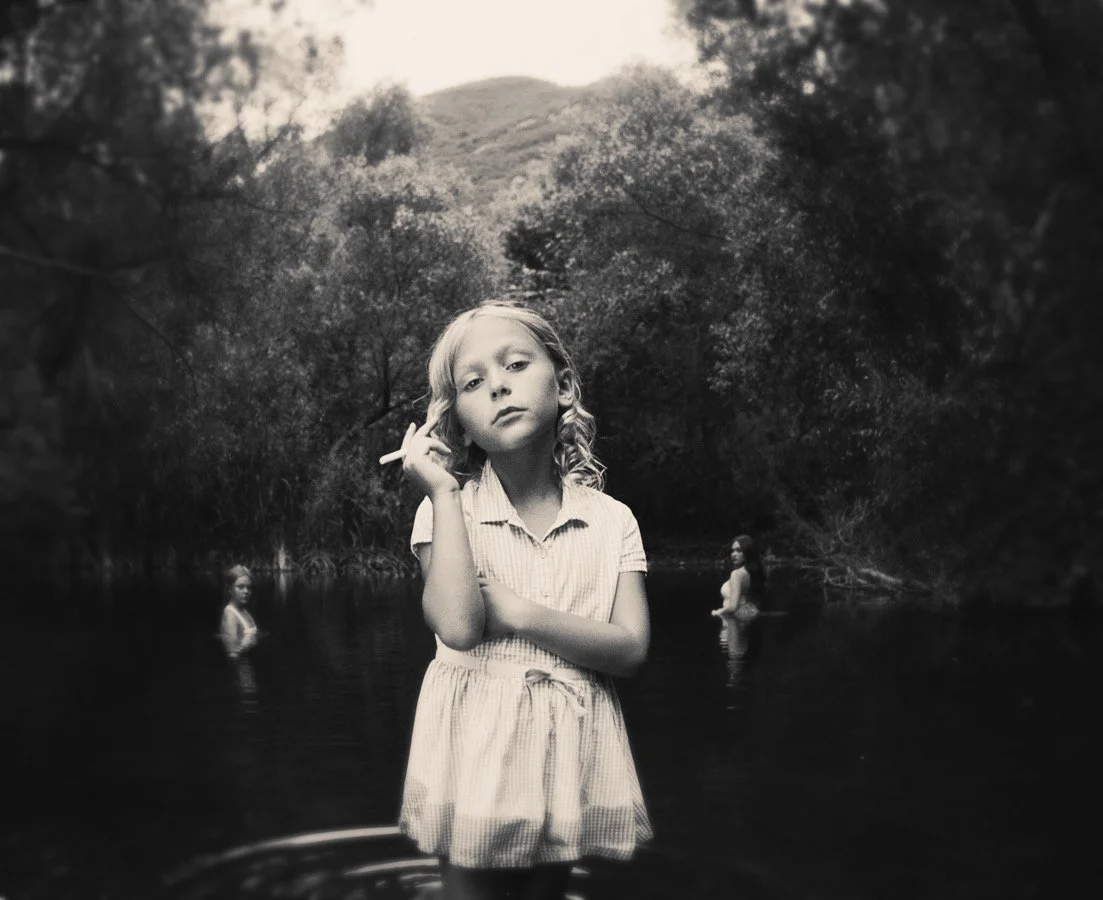The History of Film Photography as an Art Form
Exploring the Origins, Evolution, and Legacy of Analog Imagery
At 1905 Contemporary, we celebrate the enduring magic of storytelling through the lens—and few mediums offer as rich a legacy as film photography. While digital photography dominates today, the roots of the art form lie in film. Understanding the history of film photography not only deepens our appreciation for analog techniques but also reveals how it laid the groundwork for modern visual culture.
The Origins of Film Photography
The story begins in the 19th century. The invention of the camera obscura gave way to early photographic processes like daguerreotypes and calotypes—but it wasn’t until George Eastman introduced roll film and the Kodak camera in the late 1880s that photography became accessible to the masses.
This pivotal innovation marked the start of film photography as an art form. No longer confined to scientists and technicians, photography began to attract artists who saw it as a new way to capture time, emotion, and everyday life.
The Rise of Film Photography in Fine Art
In the early 20th century, artists such as Alfred Stieglitz, Edward Weston, and Dorothea Lange helped legitimize photography as fine art. Stieglitz’s gallery “291” was one of the first to exhibit photographs alongside paintings, while Weston elevated ordinary subjects—like vegetables and sand dunes—into sculptural studies of light and form.
During the 1930s and 1940s, film photography became a tool of documentary storytelling, capturing social realities during the Great Depression and World War II. The black-and-white film aesthetic, with its deep contrast and tonal richness, became iconic—and remains a favorite of analog photographers today.
Color Film and the Expansion of Creative Possibilities
The introduction of color film in the 1930s, and its mass adoption by the 1960s, revolutionized the medium. Artists like William Eggleston used color to elevate the mundane—suburban streets, signs, and objects—into saturated visual poetry.
At the same time, magazines like Life and National Geographic helped popularize film photography globally, blurring the line between journalism, art, and fashion. Analog photographers like Irving Penn, Richard Avedon, and Helmut Newton brought film into the world of editorial and portraiture, often with experimental lighting, poses, and film types.
The Decline and Revival of Analog Photography
The late 1990s and early 2000s saw the rise of digital photography, leading to the decline of film as the dominant medium. But rather than disappearing, film photography experienced a creative revival.
Artists, collectors, and galleries began to re-embrace film for its texture, grain, and unpredictability. The tactile process—loading film, shooting with intention, developing in a darkroom—became part of the allure. In the age of instant digital gratification, the slow craft of analog photography felt refreshingly authentic.
Film Photography Today: A Timeless Art Form
Today, film photography as an art form continues to thrive. From emerging talents to established photographers, artists are returning to analog not just for nostalgia, but to explore the unique visual and emotional qualities that film offers.
At 1905 Contemporary, we proudly feature contemporary analog photographers who use film to tell timeless, textured stories—one frame at a time.
Why Film Still Matters
In a digital world, film photography stands as a reminder that sometimes, the slowest way is also the most meaningful. The history of film photography is more than a technical timeline—it’s a story of human vision, artistic evolution, and enduring beauty.
Whether you’re a collector, an artist, or simply a lover of visual storytelling, exploring film’s legacy is a journey worth taking.
Explore Our Curated Selection of Film Photography
Discover how today’s artists are reinventing the analog tradition—Browse the collection at 1905 Contemporary.


